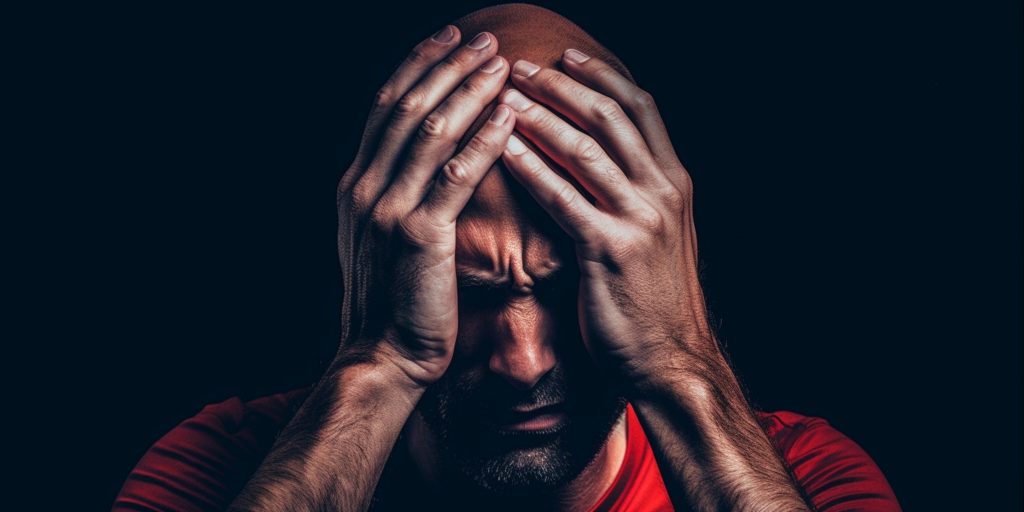Safety
CPR Training
At Michigan Sting, safety is our top priority. We recognize the importance of knowing CPR. We conducted two successful CPR learning sessions at Buffalo Wild Wings Arena (formerly Troy Sports Center), with fantastic attendance from our dedicated members. Look out for more opportunities in the future to learn and get certified for this critical skill.
Here are the basic steps to learn CPR
- Check for Safety: Ensure the area is safe before approaching the victim.
- Check Responsiveness: Tap the person gently and ask, ``Are you okay?``.
- Call for Help: Dial emergency services or ask someone nearby to do so.
- Start Chest Compressions: Place the heel of one hand in the center of the person's chest, on the breastbone. Use your other hand on top and interlace your fingers. Perform chest compressions by pushing hard and fast in the rhythm of the song ``Stayin' Alive`` (around 100-120 compressions per minute).
- Deliver Rescue Breaths: After 30 compressions, tilt the person's head back, pinch their nose, and give two breaths. Each breath should last about one second.
- Continue CPR: Alternate between 30 chest compressions and two rescue breaths until help arrives.
Watch this instructional video for a visual demonstration
By learning CPR, you can make a life-saving difference. We encourage all Michigan Sting members to familiarize themselves with these essential skills.
Together, we can create a safer environment both on and off the ice.
A Sting Story
Concussions and Why to Take Them Seriously
Hockey Friends.
I am Dan and only about 6 months with the Sting organization. Some might remember me as the guy that is looking to make a comeback after having both knees replaced and a three-year hockey hiatus. Regardless, about five weeks before Christmas. I subbed for the Hawks in the game. Chasing a defender full speed. I went to turn backwards and got my feet tangled. I fell hitting the back of my head on the ice. I knew it was a hard hit and certainly had my bell rung, but I did finish playing the game, and even scored a goal.

The next three days I had pretty severe headaches and stiffness in the neck and upper back which was to be expected. However, on the fourth day things seem to subside, so I figured I had dodged a bullet and ignored typical concussion protocol. I continued to skate three or four more times and all seemed ok. Until during a pick up skate about 3 weeks after the fall, my head would go one way and my legs went another. I skated two or three shifts, and had to leave because I was completely out of sorts on the ice. It was terrible.
Over the next two weeks, the severe headaches returned and my motor skills, including walking became challenging. This regression continued to progress, and by the 5th week since hitting my head on the ice, I knew I was in trouble, but I blamed the trauma on an unexpected divorce and related stress just before the holidays. On Christmas Day, I could not even tie my shoes and I was now mumbling words. I knew something serious was happening, but because my daughter was home for Christmas, I said I would go to the doctor’s the next day. Which I did.
At 9 AM I called my doctor and by 1015 they had me in for a CAT scan. Within minutes of the CAT scan they had me rushed to Troy Beaumont for emergency surgery of my brain. 30% of my skull had filled with blood from the hemorrhaging that had been going on for five weeks. My brain was being squished and they worried that I could have had a serious stroke at any given second with how much pressure was on my brain. I had immediate brain surgery to relieve the pressure from the hemorrhaging that caused the Acute Subdural Hematoma, and spent the next five days in Intensive Care.
On January 1 was finally released, and I thank God that things are really good as I can talk and walk and function pretty normal. And a full recovery is expected. The doctors said surgery like this could take up to six months to recover from. Many never recuperate 100% from. And 14% of cases can be terminal.
So why am I sharing the story. Again, I am not looking for any sort of sympathy or drama, as I have barely know most of you.. It is for one reason: to take Head Injuries, Falls and anything related to impact to the head very seriously. Even if symptoms do not appear immediate after an impact.
I have 2 more scheduled CAT scans over the next few months. Upon being clean, I will look to return to the ice in mid-April.
Until then, enjoy our passion, hockey and take care.



